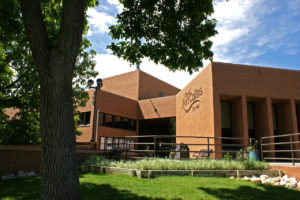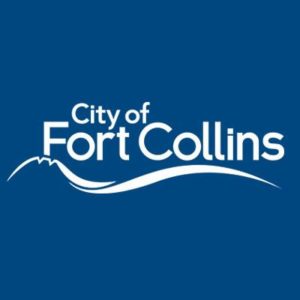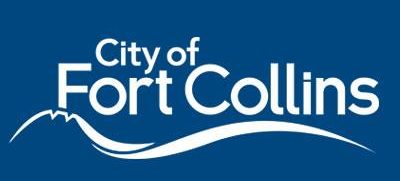By Jared Fiel
On Feb. 1, the Lunar New Year was celebrated as the Year of the Tiger, but for the city of Fort Collins, which hosted its second-in-a-row virtual State of the City event Tuesday night, this is clearly the year of the butterfly.
For a little over an hour, Mayor Jeni Arndt and Interim City Manager Kelly DiMartino hammered home the theme of a city emerging from the pain and isolation of a global pandemic to become something better than it was before.
“The state of our city is caring, evolving and resilient,” said Arndt, surrounded by a butterfly motif, clearly indicating the city’s plans for a metamorphosis. “We will emerge stronger.”
The city leaders did not shy away from the impacts of COVID on every aspect of life in the community. They showed a video highlighting some of the businesses that survived the pandemic and others that started while it was flourishing, including a barber shop called Colorado Cutz whose owner, Robert Holmes, talked as much about his barber chair being a safe space to be heard as he did the styles. He also talked about opening his shop during the pandemic and making only $400 the first month.
“But now people want to come out and get their hair cut,” he said, adding that business is booming.
That kind of turnaround–that emergence–was the focus of most of the comments from Arndt and DiMartino. The mayor added as an aside that more businesses started in Fort Collins in 2021 than ever before.
That emergence comes at a time when the city is starting 2022 with four new city council members (bringing the total to six women), new city leadership with former City Manager Darin Atteberry leaving for the private sector, as well as new leadership at CSU, the school district, chamber of commerce and the library district.
“What hasn’t changed is that we still have all the functions of the city to continue,” Arndt said.
Some of the highlights from those functions included:
• City crews put in 4,700 hours to clear 10,000 miles of city streets and 3,100 trees following the storm last March that brought 23 inches of wet, heavy snow to the city.
• The opening of the Vine and Lemay Overpass in December to begin to find ways for the growing city to move in coexistence with the trains and “to improve access to that side of town,” said DiMartino.
• The opening of the joint police training facility (with Loveland) and the city’s first police academy. DiMartino also lauded the city’s partnership with UCHealth to send co-responders to situations where mental health experts can be of assistance.
• The city park system, which saw the opening of Travers Park on the north side and all the parks experienced a 300 percent increased usage during the pandemic, including 92,000 rounds of golf on the city’s three courses.
• The continued expansion of Connexion, the city-owned broadband service which is expected to be completely built out by the end of this year. Arndt compared the move to the one years ago when city leaders moved all the city power lines underground. “We will be so glad we did this,” she said.
But the State of the City address was not just about looking back and celebrating the accomplishments of 2022. It was also about looking ahead to what is in store for this year.
Arndt said the city council that was elected in April, including her to the mayor seat, met and came up with 31 priorities for the city on everything from climate change, water, land, childcare and civic participation. Many of those can be found at the State of the City site: fcgov.com/stateofthecity and in the Report to the Community: fcgov.com/stateofthecity/files/22-23847-2021-report-to-the-community-v4.pdf
Other items slated for this year include:
• Making Linden Street into a “convertible street” to allow for events and festivals. The conversion is expected to cause some short-term “pain” for local businesses, but DiMartino said the city will work with them to try to mitigate it.
• The city is purchasing the Hughes Stadium area from CSU. While voters have said the land will be used for open space and recreation, determining exactly what that means will involve broad engagement with the public.
• Determining the future of the area along east Mulberry Road. DiMartino said the council has not voted on if the area will be annexed into the city, but there are many questions about what level of service the city can provide for residents there.
• Working on the city’s recovery plan which used federal money to address health, community and equity, economy and environmental awareness.
• DiMartino adds that park management, affordable housing and preserving trust in the government through transparency are other areas she is focused on.
• Continuing engagement with the community, especially regarding voting. Arndt noted that in the April election, only about 30 percent of the registered voters voted, while more than 80 percent voted in the November election. “We want to get the maximum engagement from voters,” she said. “We want our electeds to look like our electorate.”
Jared Fiel is a writer in Northern Colorado and a very proud former resident of Fort Collins.



